Touché – Wearable pods for musicians, artists, and performers
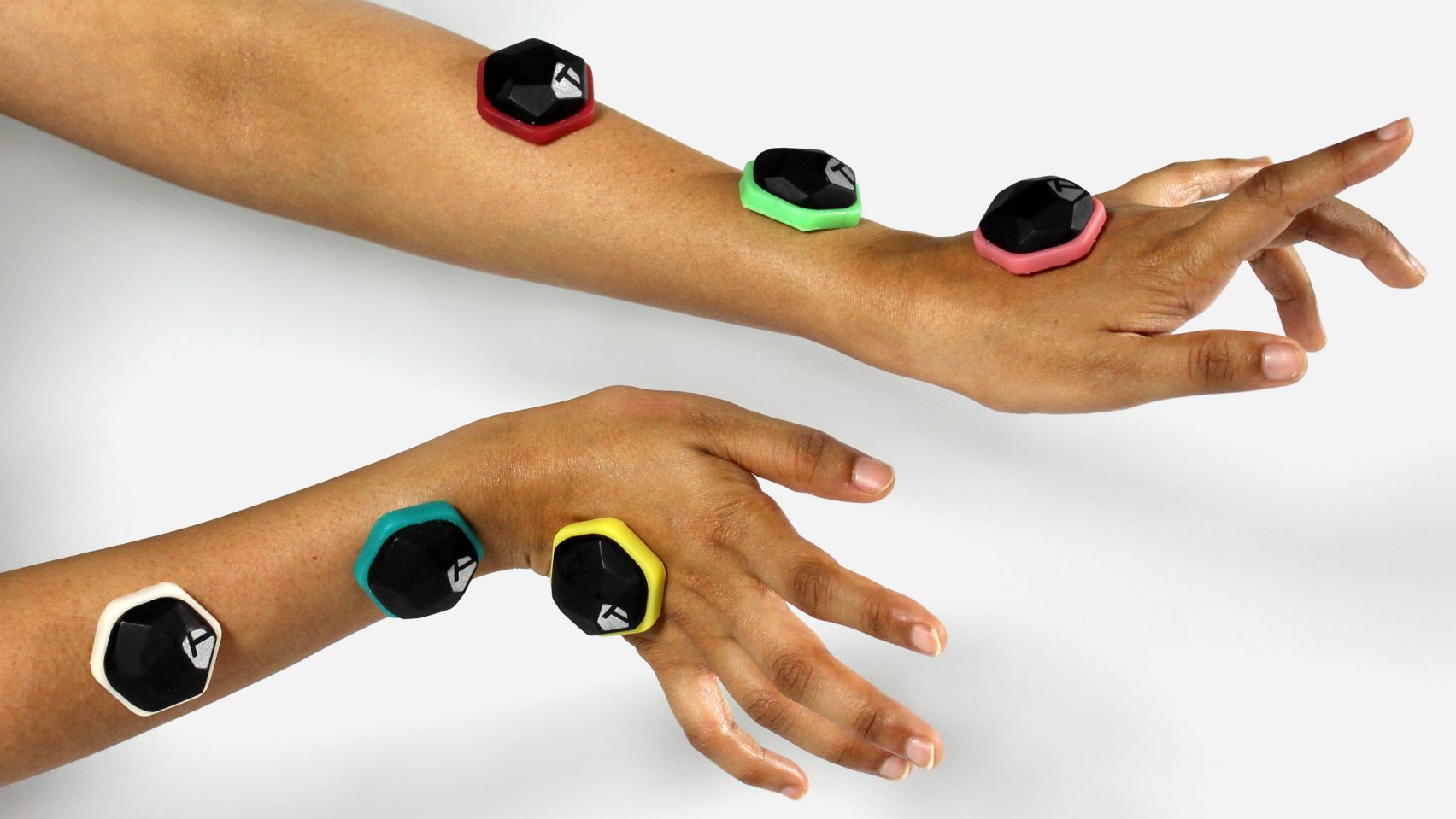
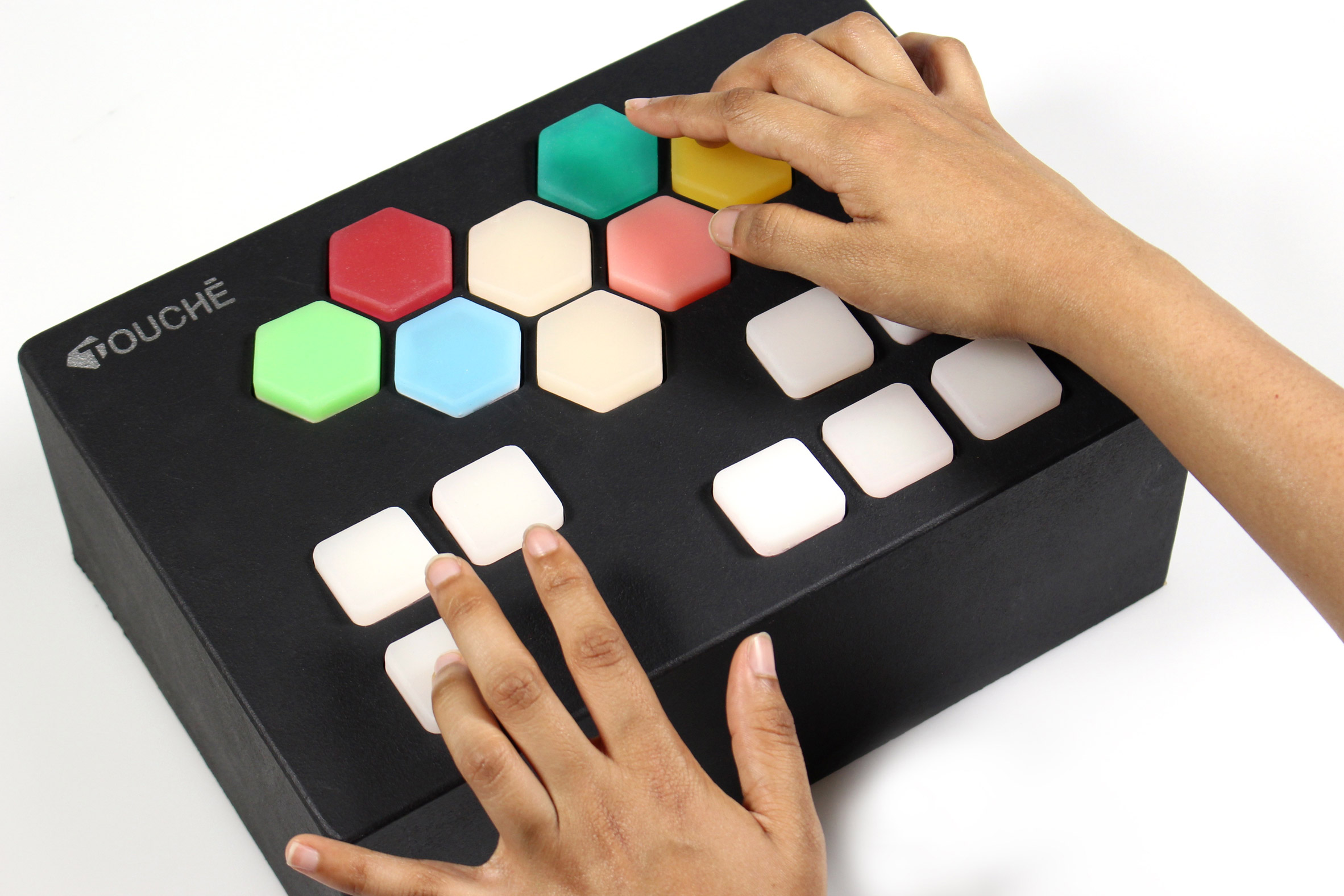
Practice it works in
Designed by Marie Tricaud for performers, musicians and listeners, Touché is a set of wearable pods that is intended to be used in any situation that features live music, such as festivals or musical performances. It thus has a particular focus on the artistic experience of music and sound, allowing those with a musical practice to be more sensitive to the sense of touch, with aims of creating an “immersive synaesthetic concert”.
Its specific use
Allowing musicians to compose and perform live music as temperature and vibrations on the user’s skin via wearable modules, Touché consists of multiple plastic pods that are meant to be attached to bare skin. They may be removed and inserted within a console that allows the musician/performer to program each pod to emit a specific sequence of stimuli.
Mobility
Given that these are small pods attached to skin, the design affords for a great deal of mobility as it does not inhibit movement and seems to be as unobstrusive to movement as possible. Considering the contexts it is meant to be utilised in (music festivals, etc), it is likely that a lot of movement will take place, necessitating such a design. It is mentioned that the current working prototype relies on wires to connect the pads, which might limit mobility, while the designer is working towards a wireless version.
Utility vs Fashionability
While not particularly subtle or ‘invisible’, as some wearables attempt to be, the pods and the console are aesthetically very cohesive – blocky, colourful – and work in tandem with the playful nature of the project. In terms of utility, it plays a more artistic function, and seems to have a good balance of both utility and aesthetic.
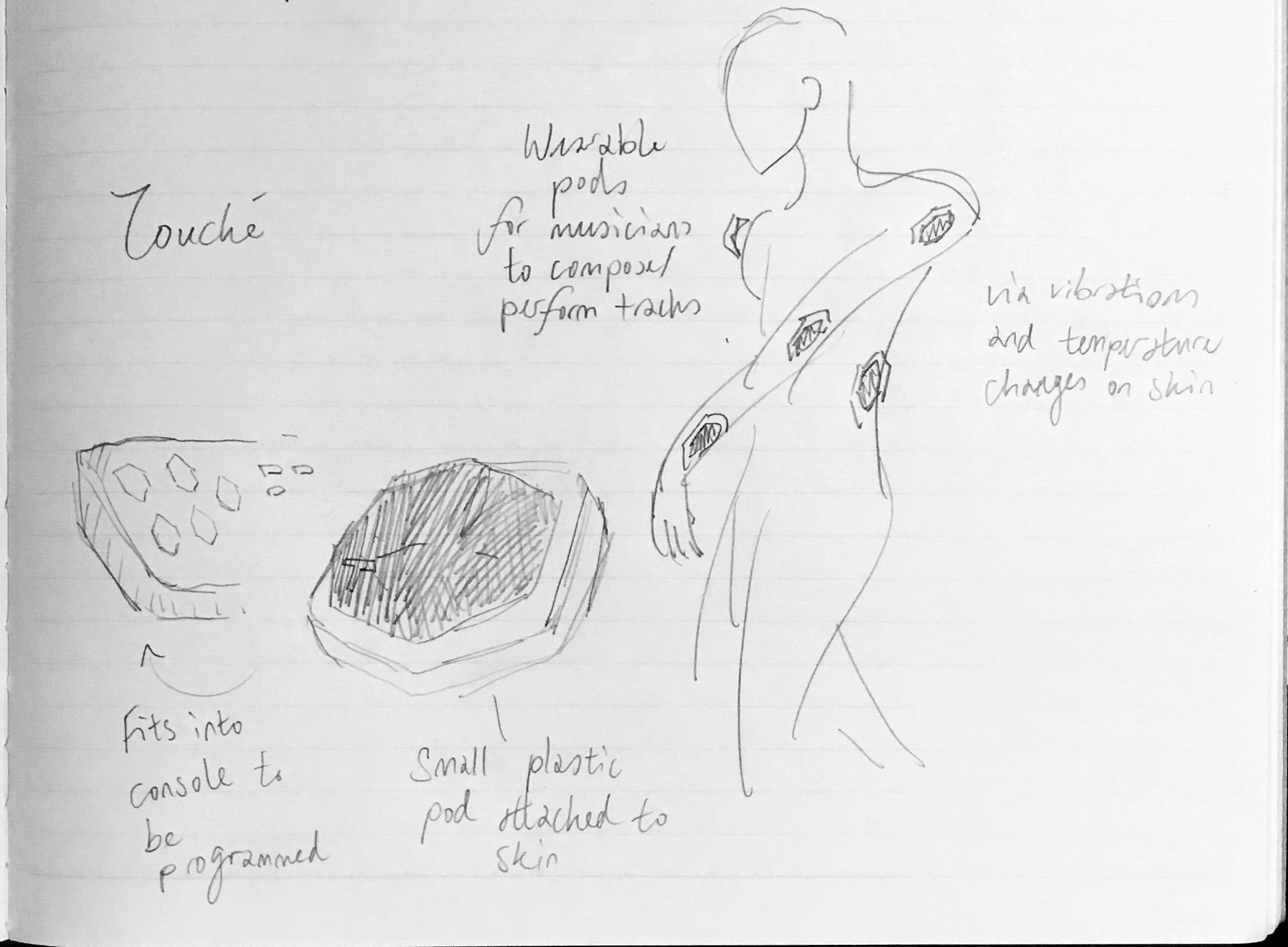
Vibeat devices – For the deaf to experience music through touch
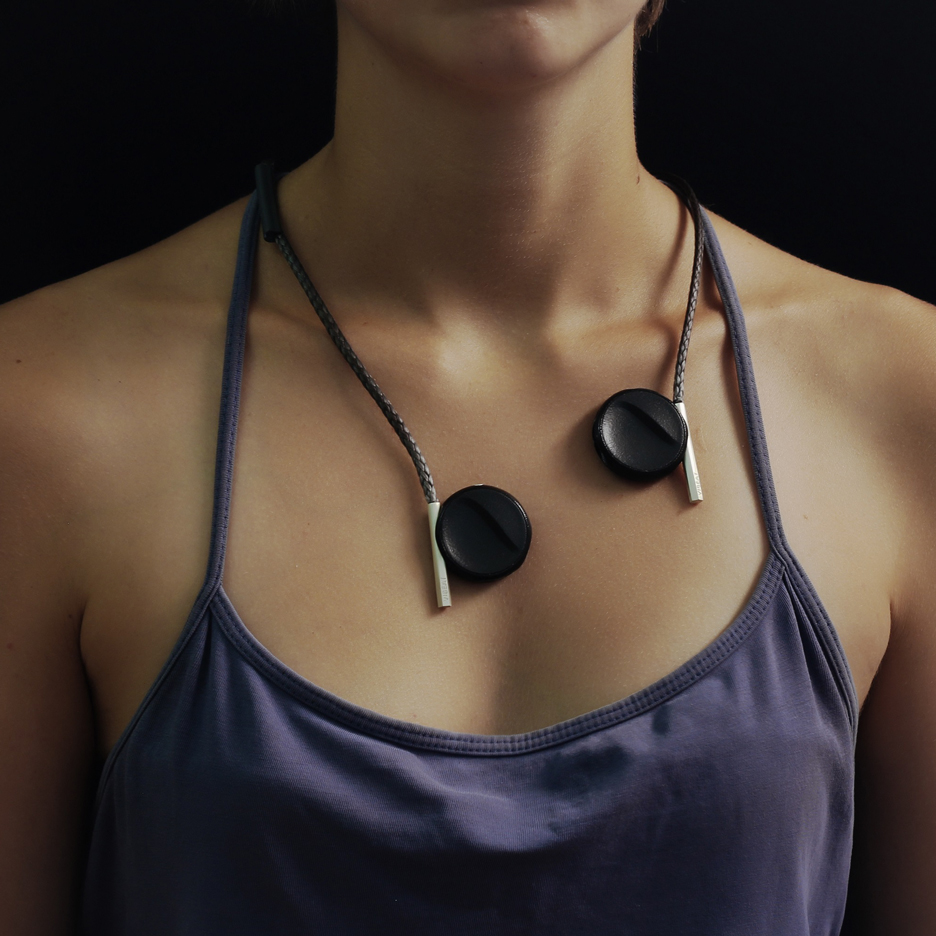
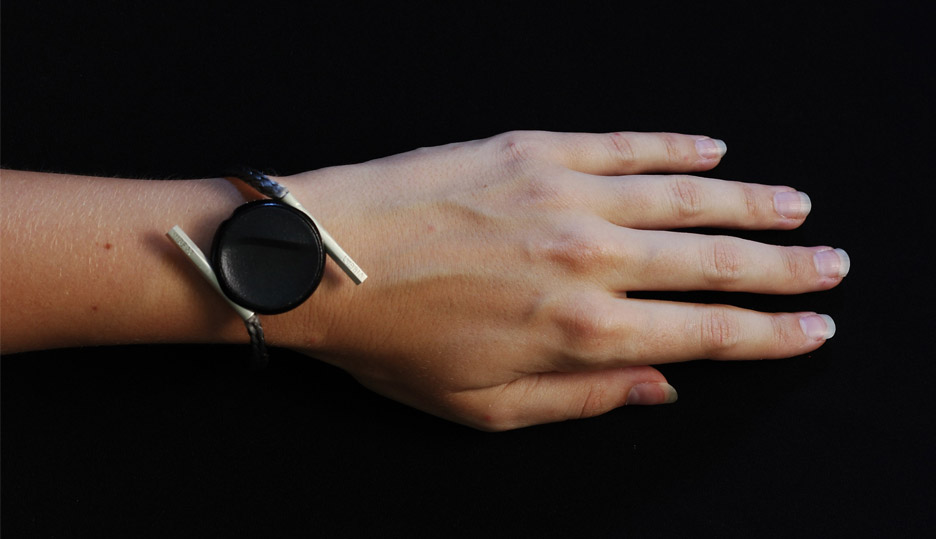
Practice it works in
Designed by Liron Gino for deaf and hard-of-hearing people to listen to music, this set of devices also has a particular focus on the experience on sound and its tactile nature, though geared more towards the experience of music for the deaf.
Its specific use
Featuring a set of devices that include a bracelet, a necklace, and a pin, all with circular modules attached, the Vibeat collection is able to translate tracks into vibrations, connecting to a music source via Bluetooth, with different units reacting to the differing ranges and frequencies within notes to generate vibrations at differing rates. Users are thus able to experience music through touch alone.
Mobility
As the devices are rather elegantly designed as unobtrusive accessories, such as a necklace or bracelet, mobility seems to be retained by the user even through the use of the device.
Utility vs Fashionability
Similar to the above example, it seems to also serve utility in the sense that it is able to modulate musical experience, though for a different community. Through rather sleek design, it is able to maintain a good balance between utility and aesthetic.

